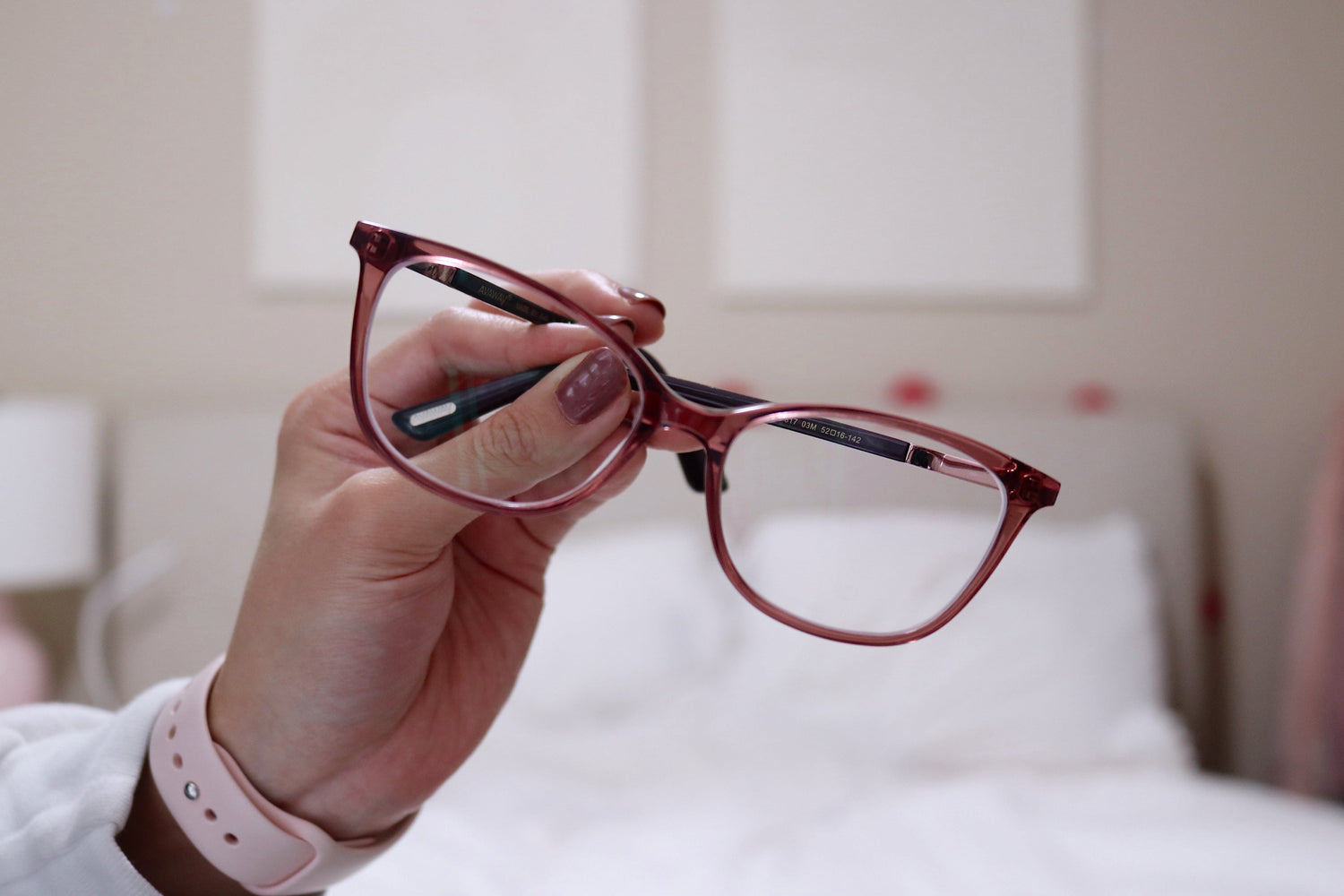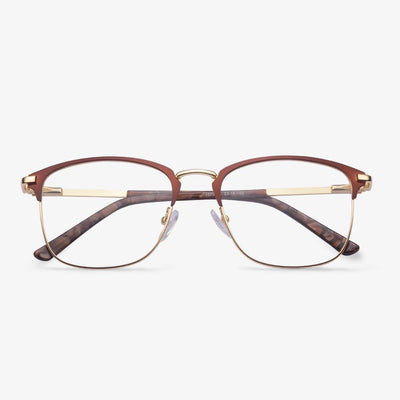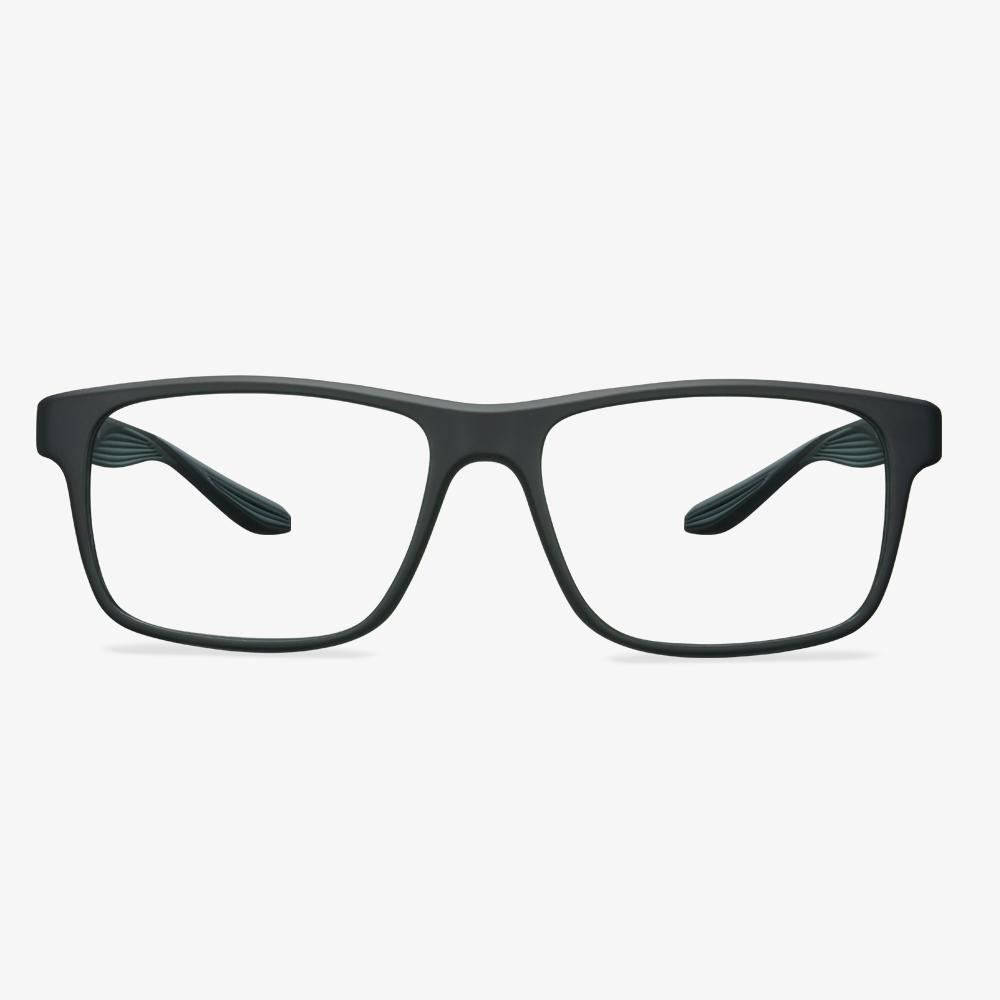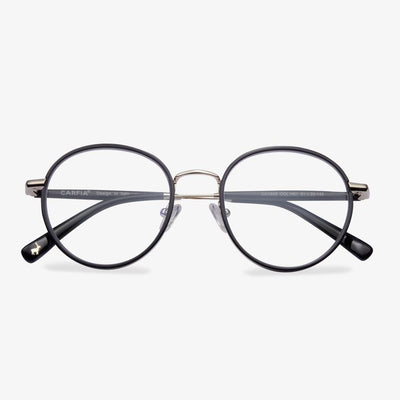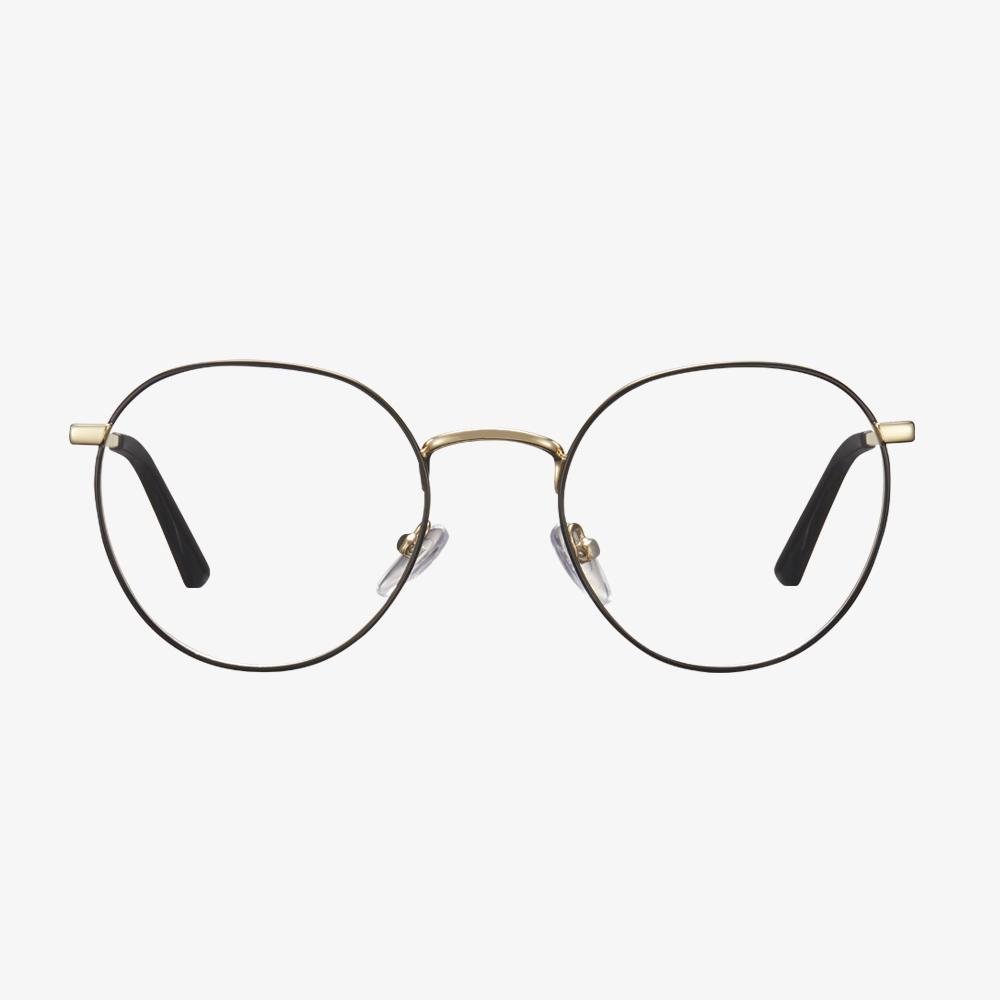What Do Pinhole Glasses Do?
Pinhole glasses are often used by eye doctors who use them as a diagnostic tool to quickly check for vision impairments. Of course, pinhole glasses are sometimes used to treat nearsightedness or astigmatism. Pinhole glasses are also used in conjunction with an occluder, an instrument used to cover one of your eyes while you read an eye chart. The occluder is solid, while the pinhole glasses have a number of tiny pinholes. So, the doctor often uses it to check the potential of your vision.
Pinhole glasses are often used to check corneal distortion and cataracts. A cataract evaluation includes focusing light in the eye to check if vision capability behind the cataract makes it worth performing surgery.
Silhouette
The Silhouette is a luxury eyewear company founded in 1964 in Austria. The target is to provide glasses with unmatched performance and inner strength. It is a leader in glasses innovation, providing a simple and stylish range of selections for both men and women. With each pair of glasses, they try to give everyone a pair of glasses that allow them to be who they really are.
The Disadvantages of Trifocal Glasses
Here, we will show you the disadvantages of trifocal glasses. If you wear the trifocal glasses for the first time, you may spend some time getting used to them. Adjusting to wearing trifocal glasses can take some time. The different fields of vision can make them disorienting at first, but over time you will get used to wearing them and your eyes will naturally move to the prescription they need for the task at hand. You may be interested in this post: How Long Does It Take to Get Used to New Glasses?
What Are Progressive Lenses?
Your eyes change with your age. When your reach your 40s, you may find that it is difficult for you to focus between a book, a website on a computer screen and the conference room whiteboard. Progressive lenses are growing in popularity among people who need help seeing near, far and in-between.
Progressive lenses have grown in popularity and are one of the most common solutions to treat vision loss that occurs with age or presbyopia. Progressive lenses have a seamless increase in magnification from the top to the bottom of the lens, helping you see clearly at all distances with just one pair of glasses. The top portion of the lens enables you to see the far-away objects, the middle portion of the lens enables you to focus on the intermediate objects and the bottom to see objects close-up. The prescription changes little by little across the lens surface providing a gentle transition.
After knowing what the progressive lenses are, do you know what are the pros and cons of progressive lenses? If not, keep on your reading and we will show you some information.
How can you tell if blue light glasses work?
It can be identified in the light. Ordinary lenses have a yellowish feeling under the reflection of light, while the anti-blue lens film color has blue on the yellow-green film, which is the cause of reflecting blue light out. Check the instruction manual to verify that the lenses contain radiation-resistant materials. When wearing, you can look at the electronic screen far away, and check if there is a sense of irritation to the eyes. The biggest difference between the regular lens and the anti-blue lens is the coating layer. If you look carefully, you can see that the anti-blue lens layer is very clear. Put the anti-blue light glasses on the fully open phone screen and observe if the covered area is blue. If it is, the prevention effect is good. This is because the blue light emitted by the phone is reflected on the phone screen by the lens.
Titanium is currently too expensive to refine.
It is highly demanding in buckling, stamping, cutting, and welding. The extraction of titanium, like that of aluminum before the 19th century, was quite costly and produced in limited quantities, so it was used only in extremely important fields, such as aerospace, electronics, precision instrument manufacturing, and so on.
Optometry glasses are not professional
Some people will not only experience dizziness when they change their glasses but also have headaches, nausea, vomiting, inattention, neurasthenia, and other symptoms from time to time. And some people even deepen myopia. This is most likely due to unqualified glasses and inaccurate optometry. In short, this eye discomfort is caused by the inconsistency between the power of the glasses and the actual condition of the eyes. Optometry before filling a prescription is a very important step. In addition to checking myopia and astigmatism, it is also necessary to check for eye disease, binocular vision balance, monocular ability, primary vision discrimination, interpupillary distance, etc. In this way, suitable glasses can be fitted according to the overall situation of the person's eyes. The spectacles must also match the parameters of vertex, interpupillary distance, cylindrical lens axis position, etc. Otherwise, it will directly affect the effect of correcting vision, cause the user's visual fatigue, and increase the emphasis on power loss.
















